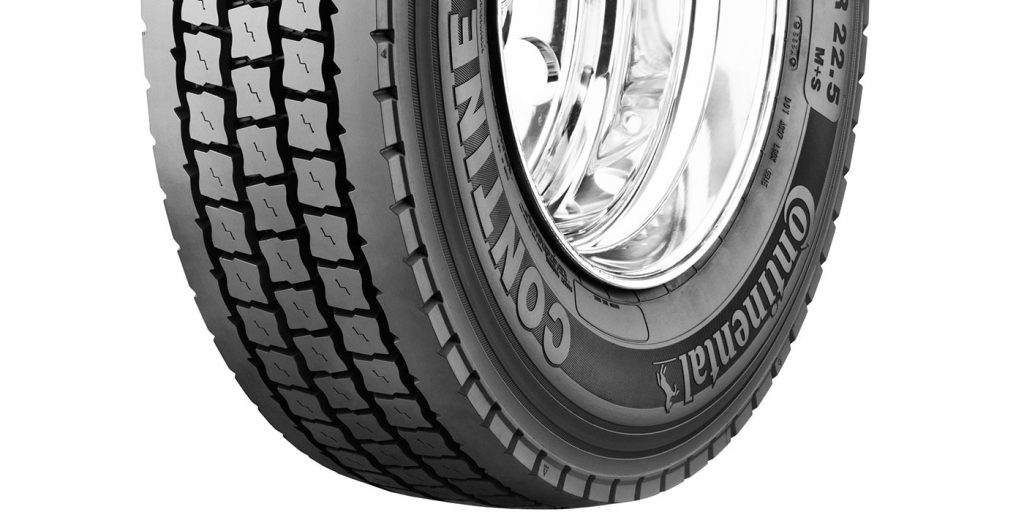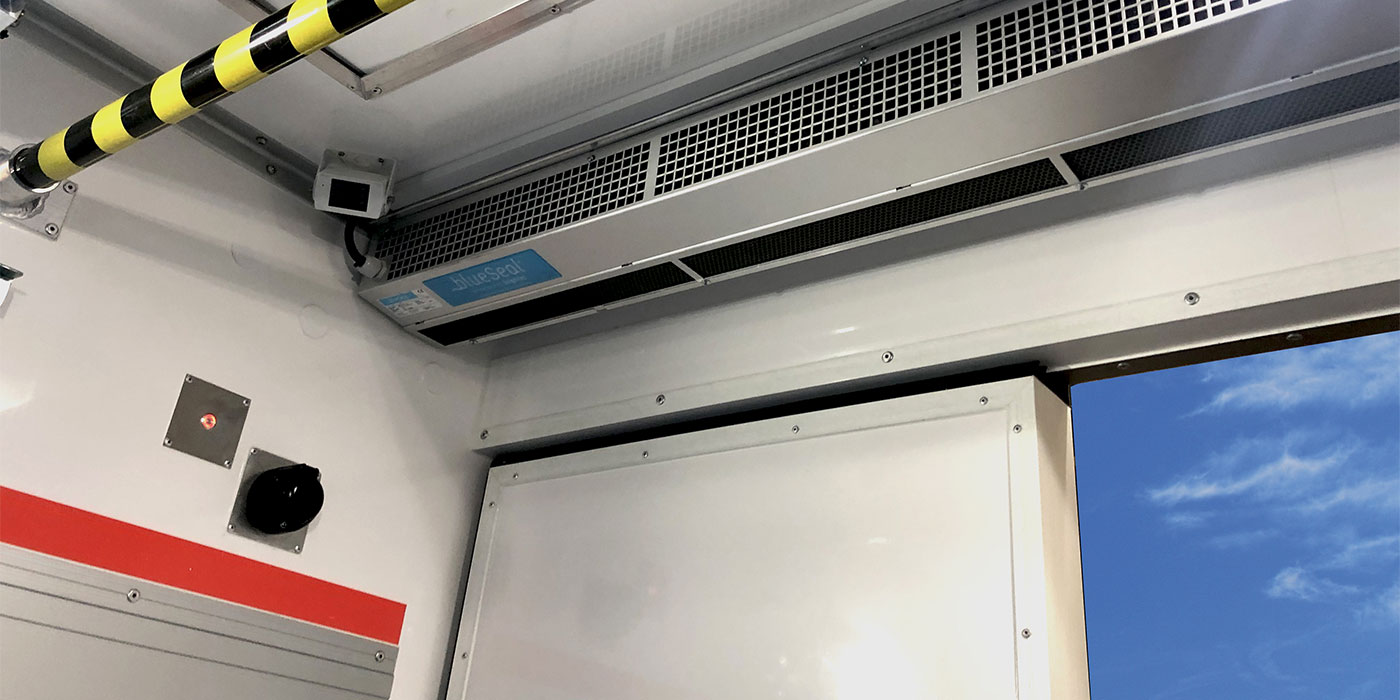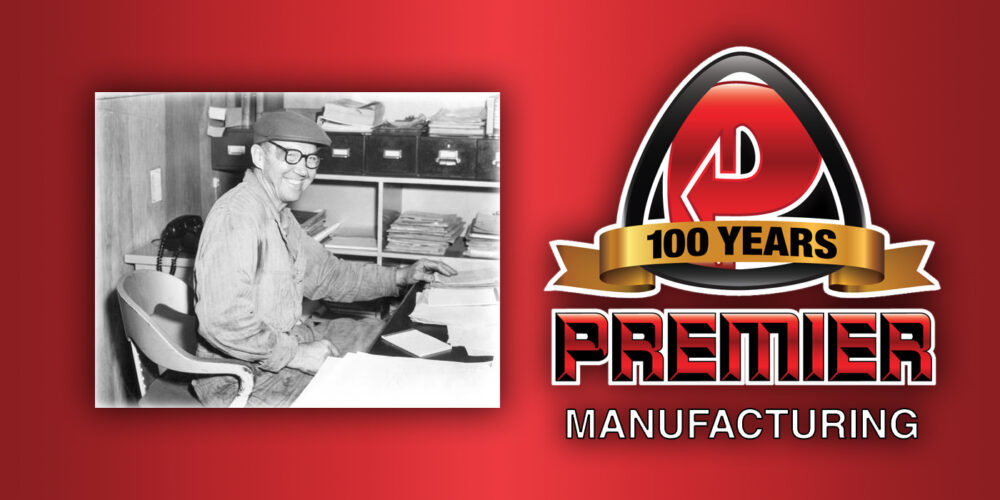A tire’s construction is holistic. The tread, belts and sidewall all roll in concert to provide application-tackling durability and fuel-saving efficiency. While treads get a lot of attention when it comes to lower rolling resistance and fuel economy, the tire’s sidewall design also plays a role.
“One of the three functions of a tire is to cushion the vehicle, and this function is primarily handled by the sidewall; the more ‘flex,’ the better the cushion,” explained Charles Luther, regional sales manager for Triangle Tire USA. “However, this is counterintuitive to the idea of achieving the ever-expanding need for fuel savings. The more elasticity built into a tire, the more energy that is consumed as the tire goes through the process of deforming and returning to its original shape.”
Luther noted that the industry found that by stiffening up the sidewall of an over-the-road tire, the reduction of elasticity or deformation will increase the fuel economy. Like most aspects of tire design, there’s a trade-off.
“This becomes a critical balancing act of maintaining acceptable cushioning versus fuel savings,” he said.
“The challenge in tire design is to not only design the tire to meet its basic requirements,” said Phil Mosier, manager of commercial tire development at Cooper Tire and Rubber Co., “but to design a tire that can provide the best overall value to the consumer.”
Compounding the issue
Tire construction is usually informed by the tire’s size and load range.
“Depending on the tire’s size and load rating, the strength of the individual components may vary,” Mosier said. “Since the upper sidewall flexes as the tire rolls, this rubber can have a significant impact on rolling resistance; whereas the lower bead area of the tire does not flex as much, so it has a lower influence on the tire’s rolling resistance.”
When it comes to crafting the materials that make up the tire, Roger Best, application engineer, market sales engineering with Bridgestone Americas Tire Operations, detailed the importance of the tire compounds:
“The sidewall will always be the thinnest layer on a commercial tire, but the durability of the sidewall, just like the tread, will depend on the compounds and steel it’s made of for the intended application. For example, vocational fleets face harsh stop-and-start environments and the twists and turns of city streets. These fleets require tires with durable sidewalls that can withstand rocks, curbs and other obstacles, versus long-haul fleets that do not face these same challenges and are more concerned with fuel economy and efficiency.”
“Tire design and rubber compounding are an ever-improving science to achieve the ultimate uses of the resources we have at our disposal,” Triangle Tire’s Luther said. “The diversity of commercial tire usage requires a diverse application of compounds for all aspects of the tire itself—whether it be the tread, the sidewall, the inner liner, etc. What is used today will be improved on tomorrow to achieve the lowest cost-per-tire mile possible.”
“We always continue to develop our compounds and designs with the latest technology,” agreed Marco Rabe, Continental’s director of truck tire technology for the Americas region. “And this means that we continue to improve rolling resistance in all of our products as our technology advances.”
While the exact details of what goes into the compounding are often proprietary, tire companies are eager to talk about how they meet the demands of applications.
Roll out
To answer questions how about tire position and application impacts tire construction, let’s knock out the easy answer first: The construction of sidewalls aren’t dependent on the tire’s position.
“In the long-haul operations, the sidewalls of the three positions would be very similar,” noted John Grimm, TBR sales engineer with Falken Tires.
“One reason for that,” noted Cooper’s Mosier, “is due to retreading. Each of these tires can be retreaded and put into different positions than their original tread design was intended for. Steer tires will normally move to retreaded drive tires; retreaded drive tires will be retreaded again and moved to the trailer position. So, the construction and integrity of the sidewall should be consistent in all positions.”
“Fleets may also retread drive tires for either the drive or trailer position, and possibly retread trailer tires for drive or trailer positions as well,” Continental’s Rabe elaborated.
There is one difference you might note when tire shopping. Here’s Grimm:
“The trailer position may apply a slightly thicker sidewall to protect against curbing than on the steer or drive tires.”
The push-pull in tire design that rests between lower rolling resistance and durability is decided by application.
“A long-haul, over-the-road tire typically does not experience the same level of sidewall abrasion or exposure to hazards as many vocational tires would,” Rabe continued. “That means for long-haul tire sidewall designs, we primarily focus on low rolling resistance, while maintaining a high level of durability. For vocational tires, we usually focus on durability, while maintaining a high level of rolling resistance performance.”
Vocational applications will definitely want to focus more on durability, but overlooking lower rolling resistance benefits could be a misstep, according to Triangle Tire’s Luther.
“The tire industry does strive to create lower rolling resistance tires in all applications. However, vocational-use sidewalls often require built-in defense against sidewall damage—thus the heavier sidewalls,” he said. “In addition to the heavier sidewall, consideration needs to be given to the impact resistance of vocational-use tires. Therefore a more pliant sidewall versus a stiffer sidewall is quite often used in vocational-use tires.”
To learn more about the tech that goes into the tire, click here.














